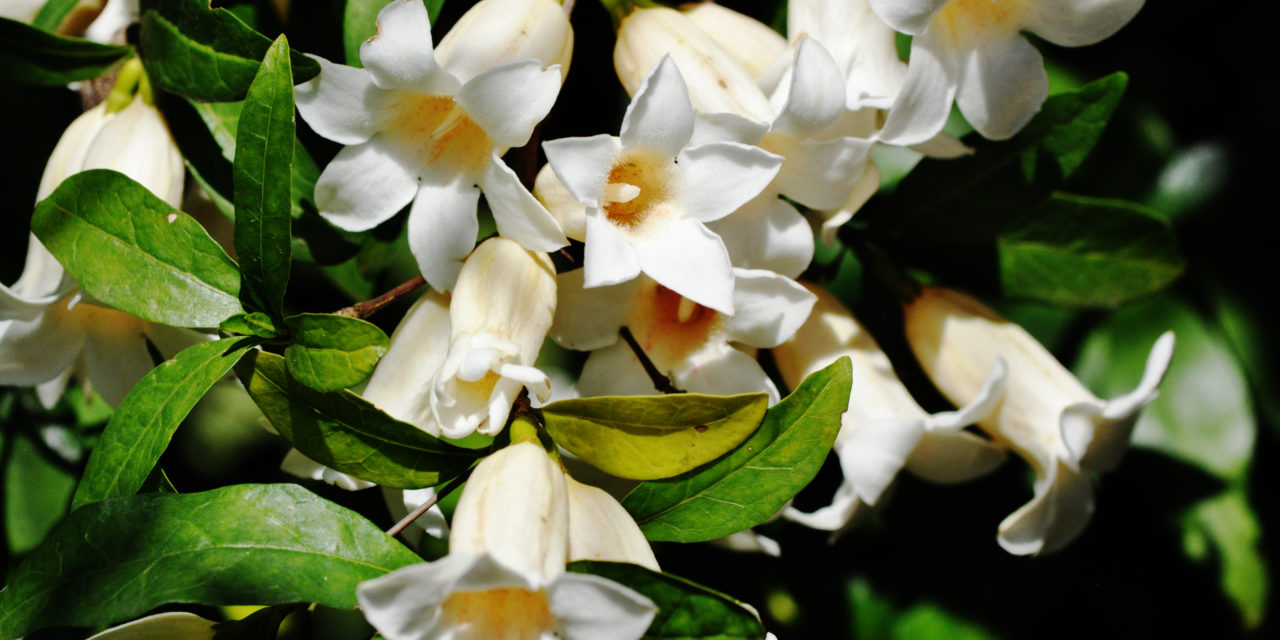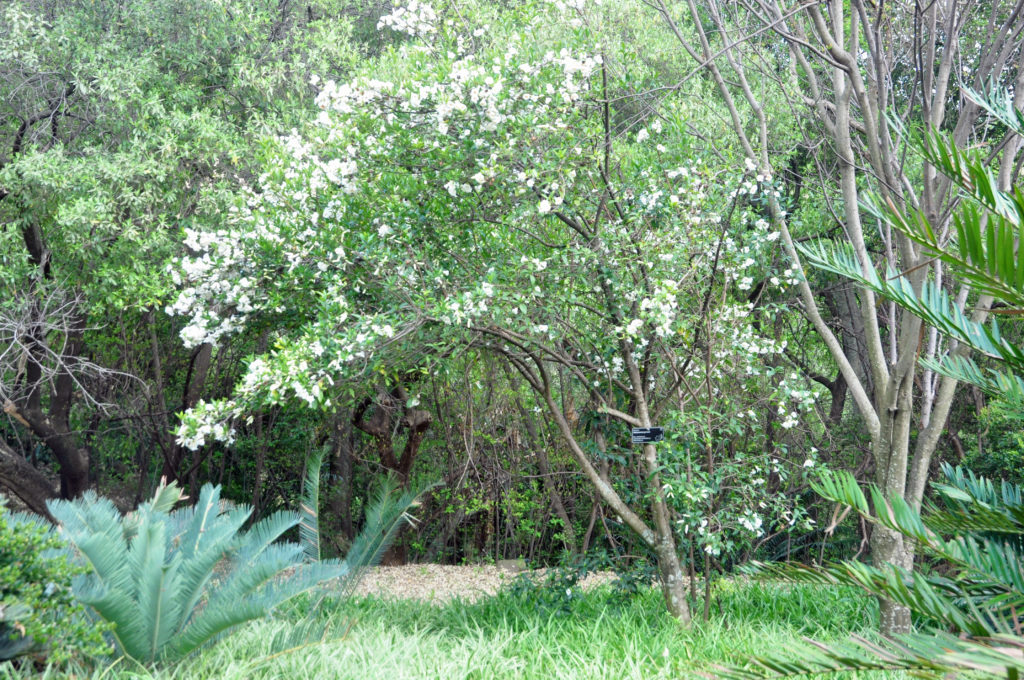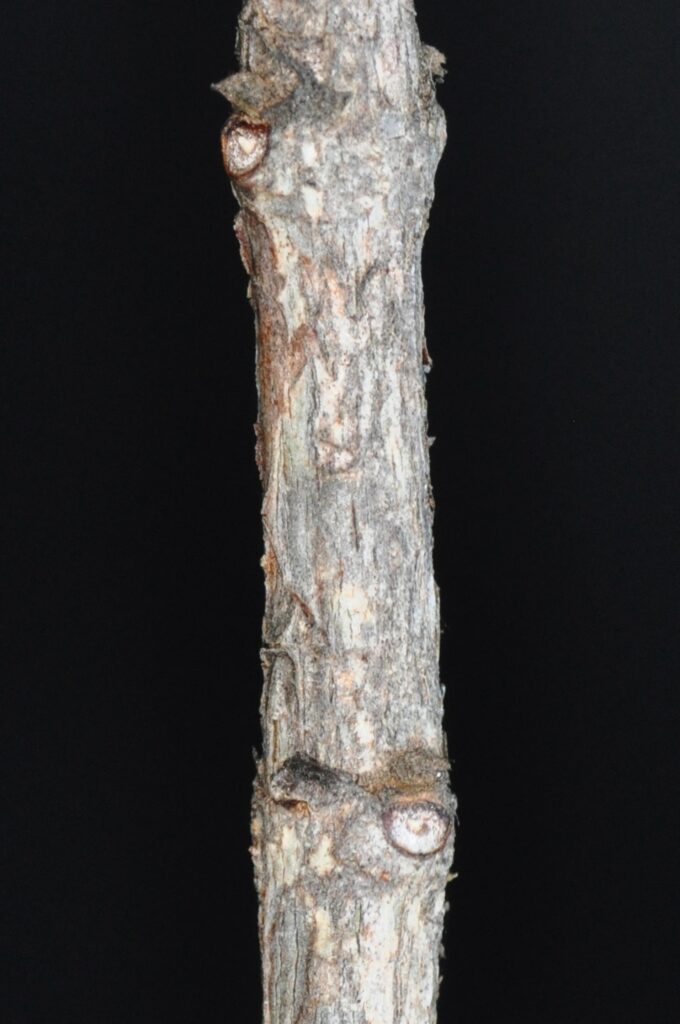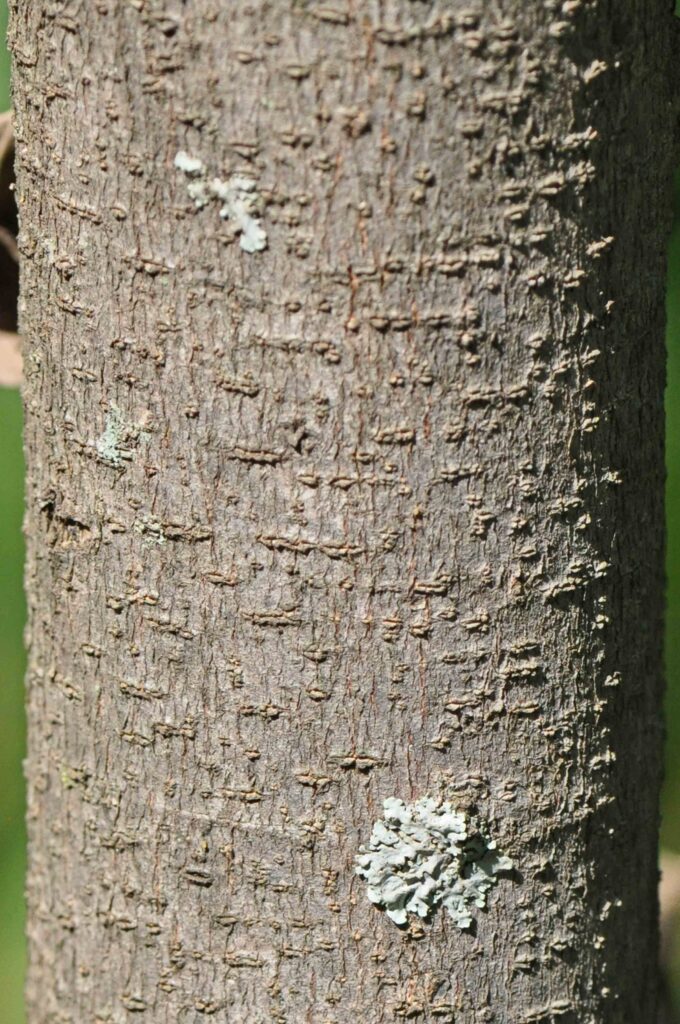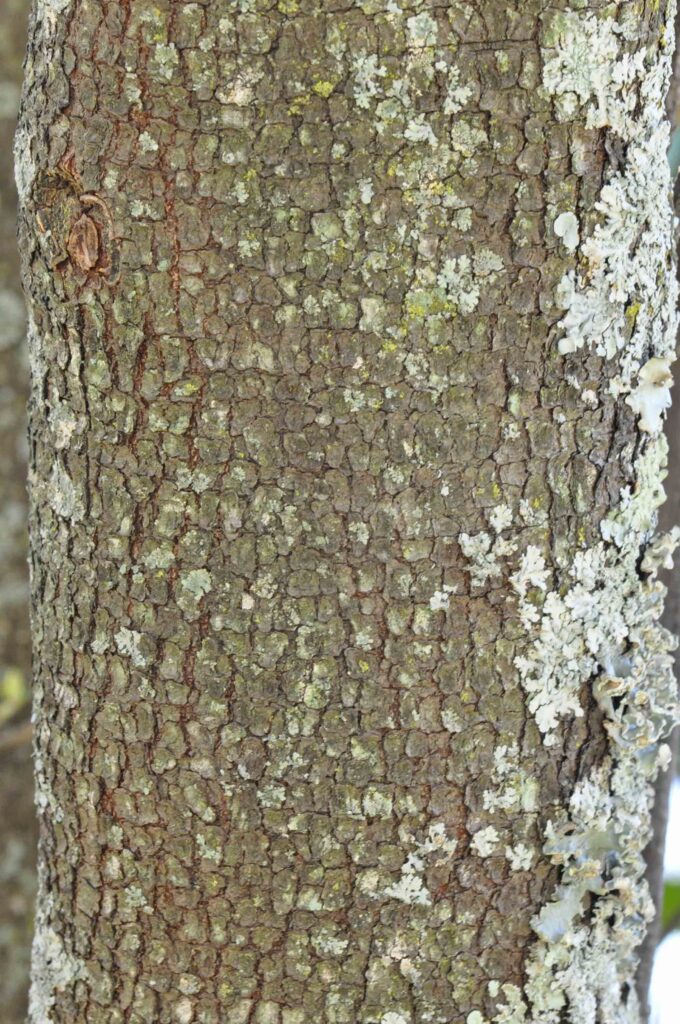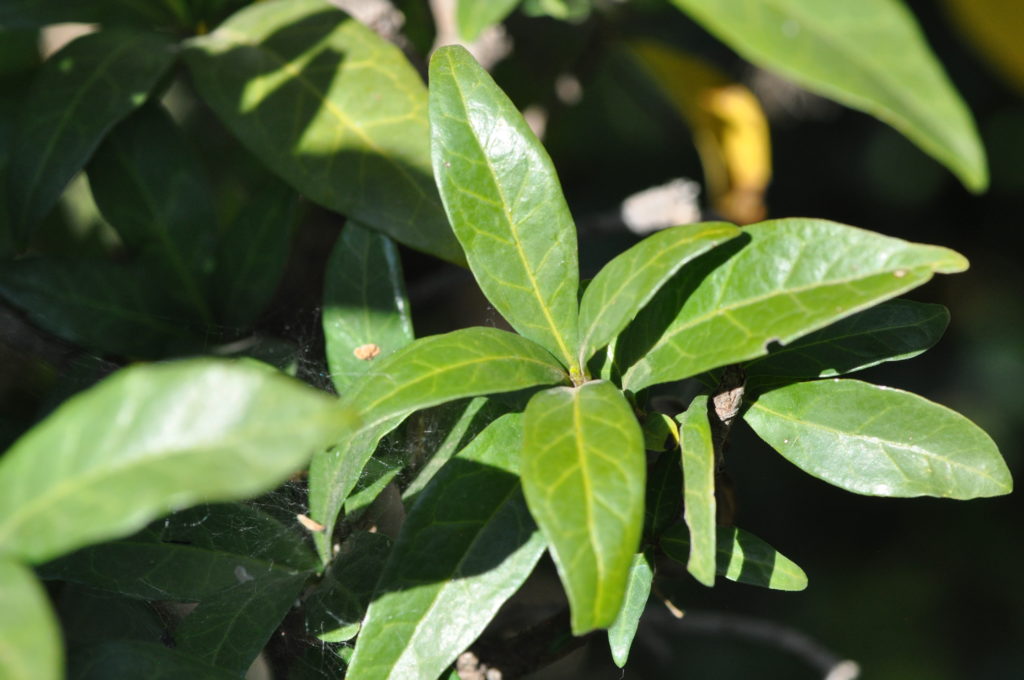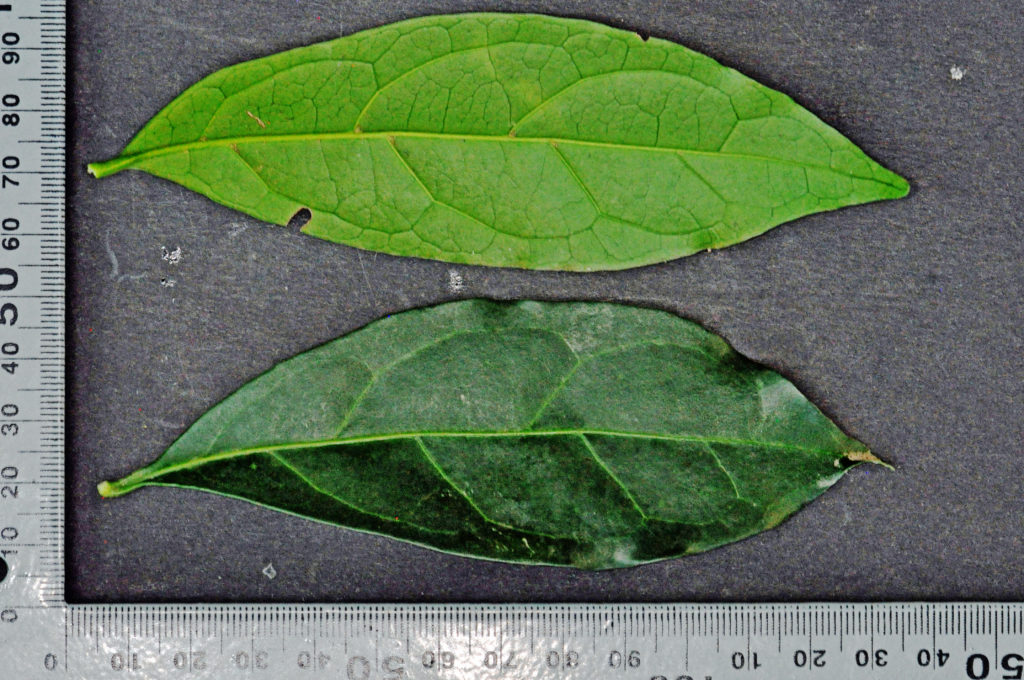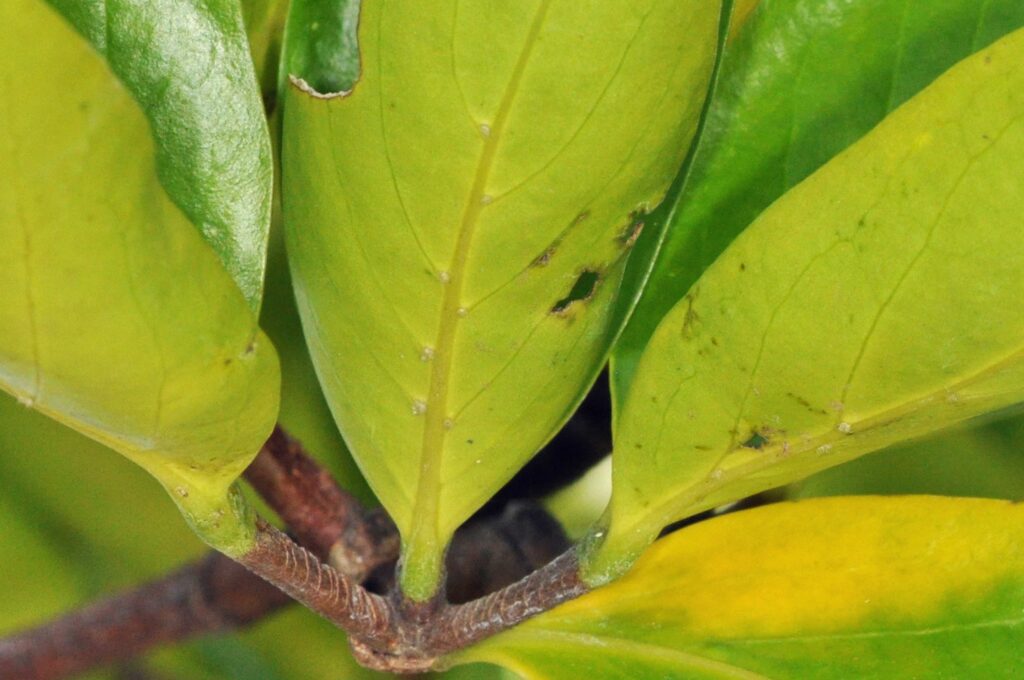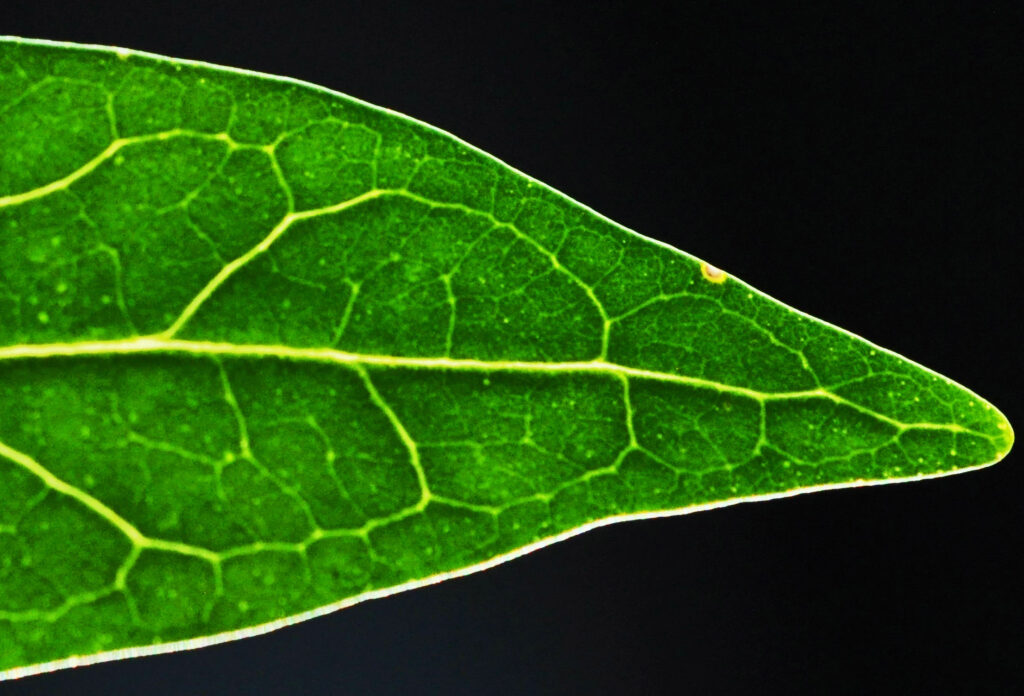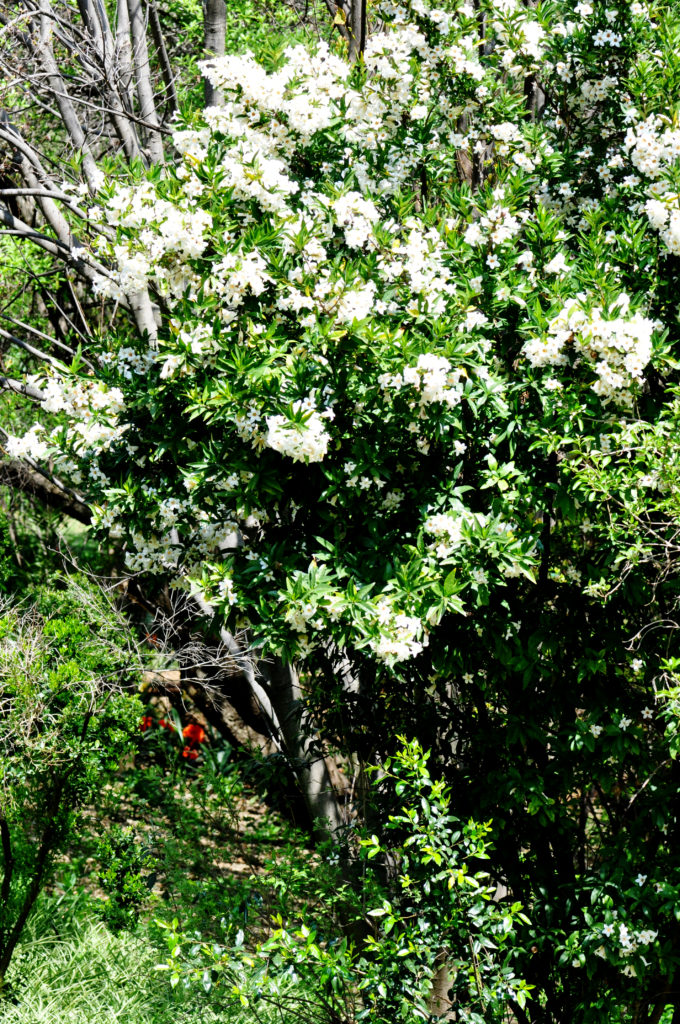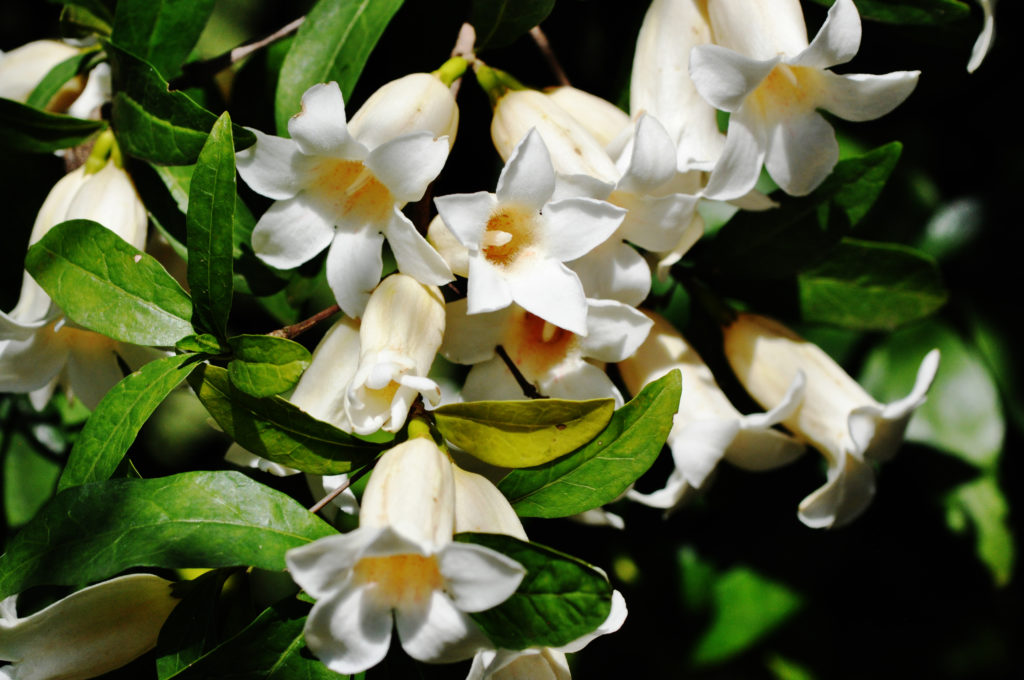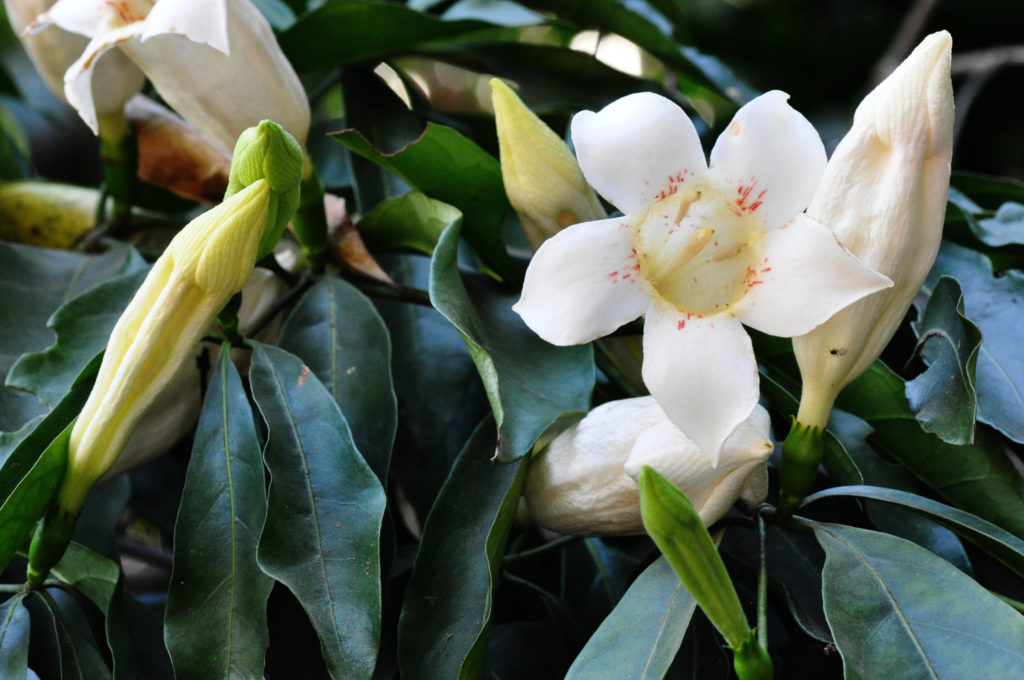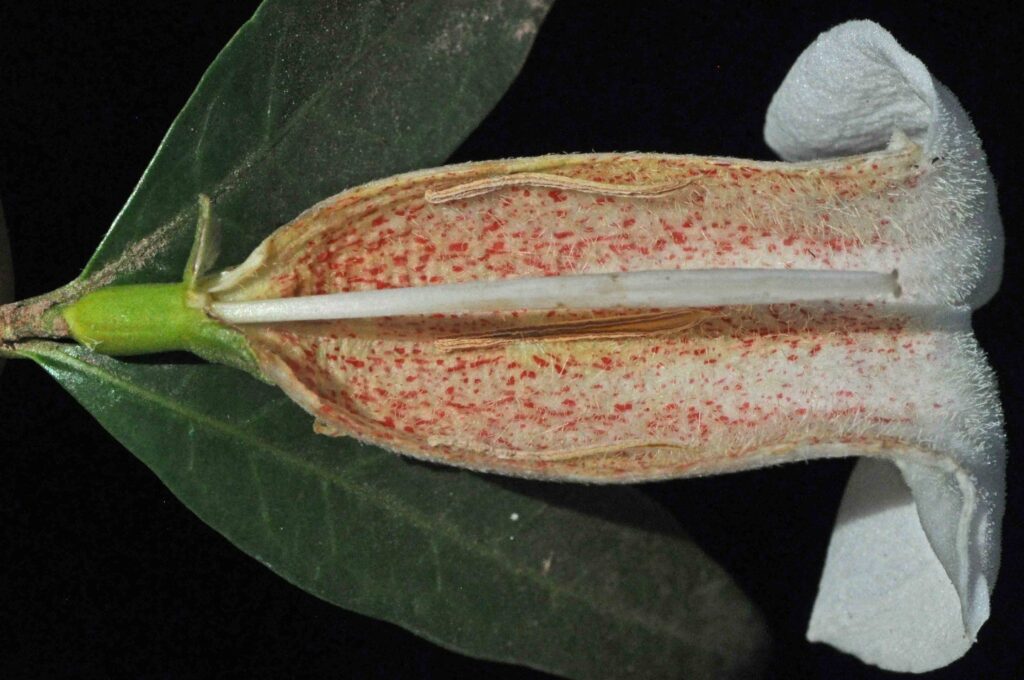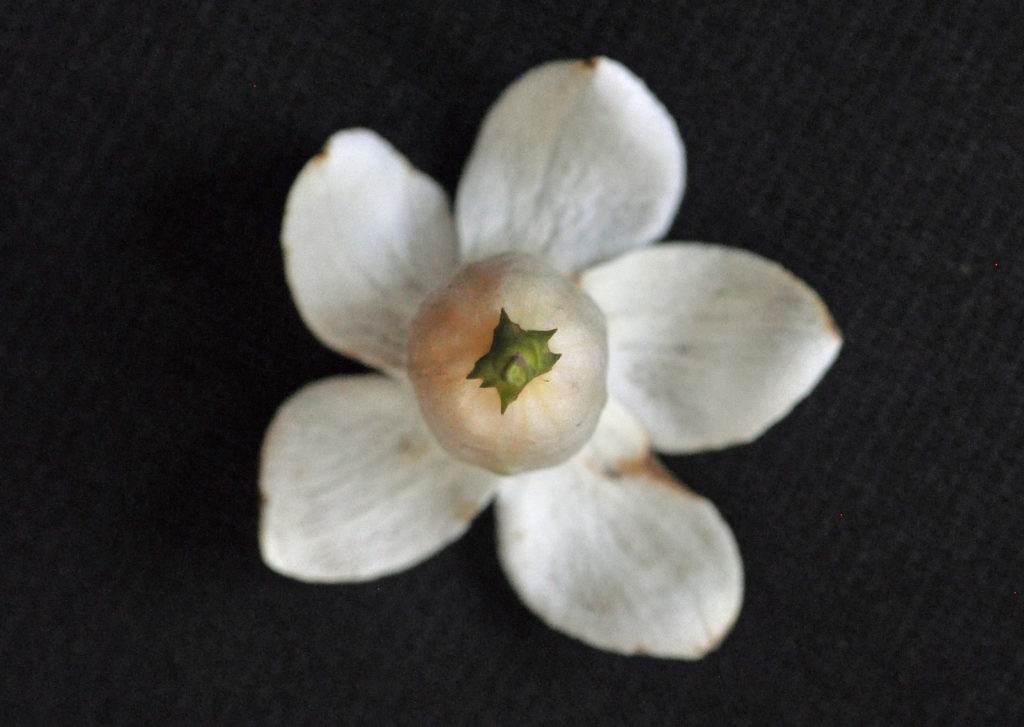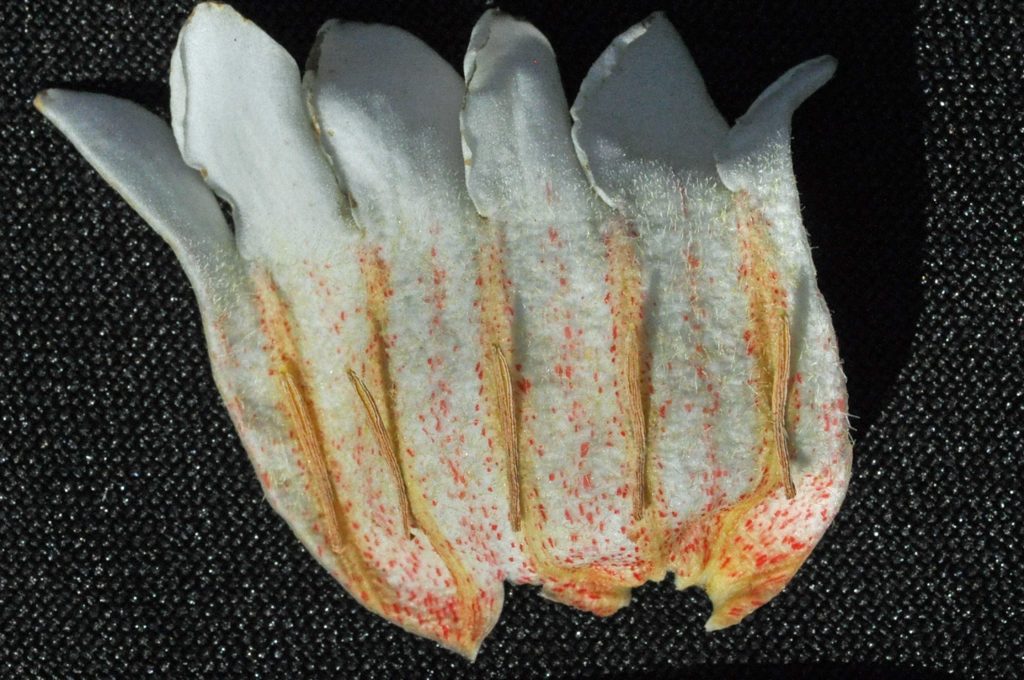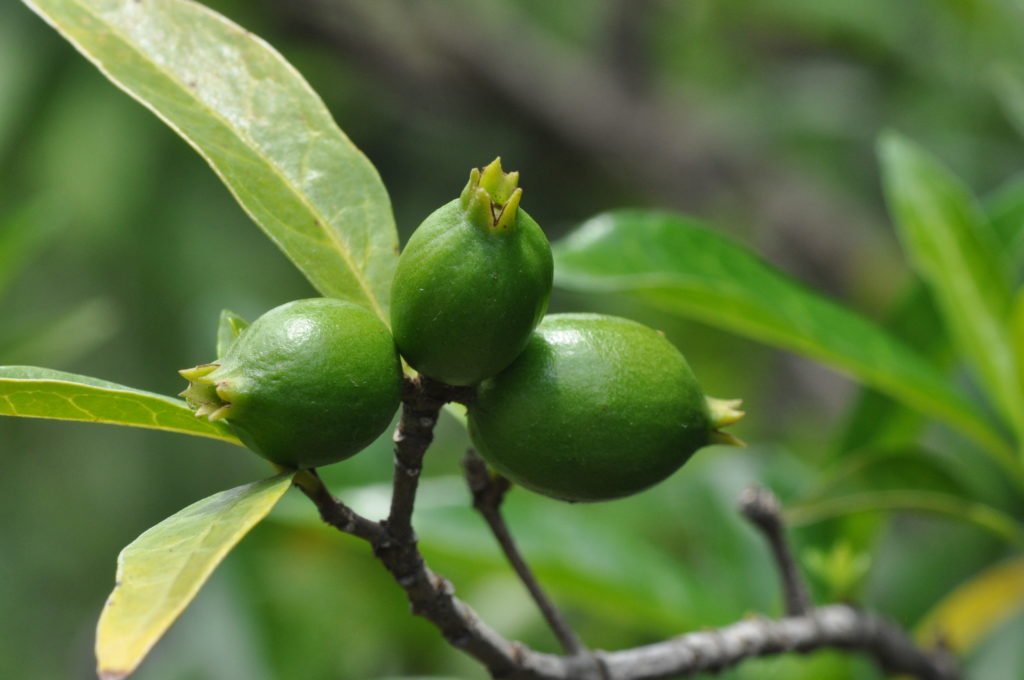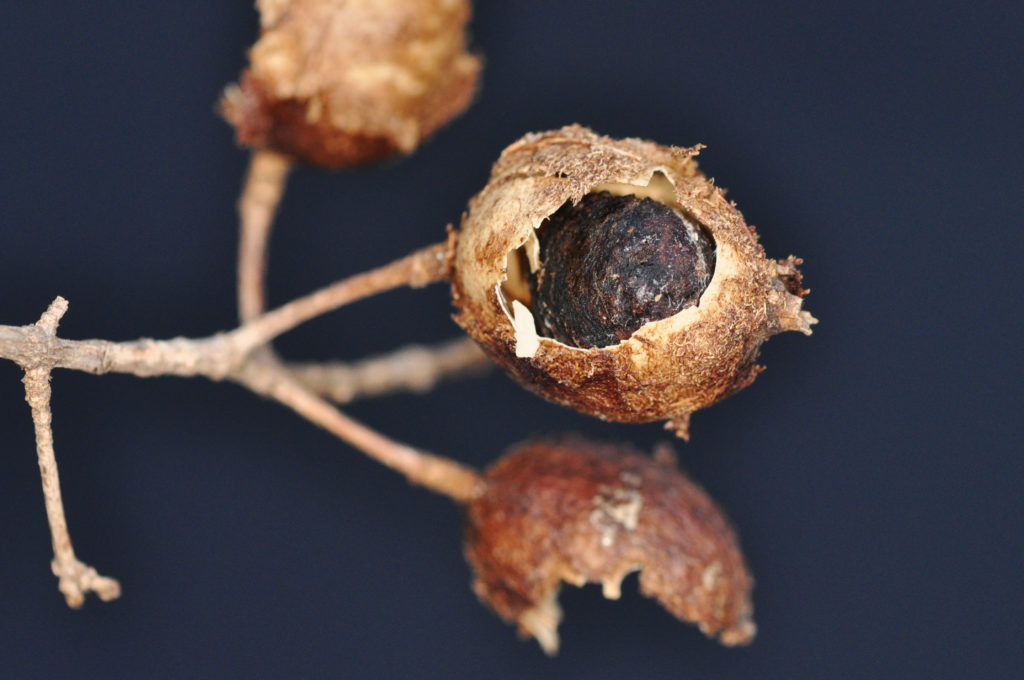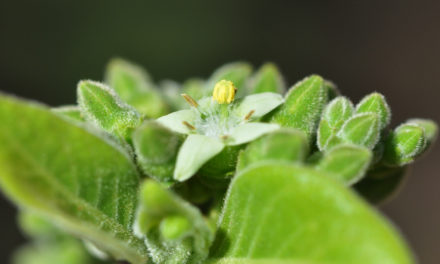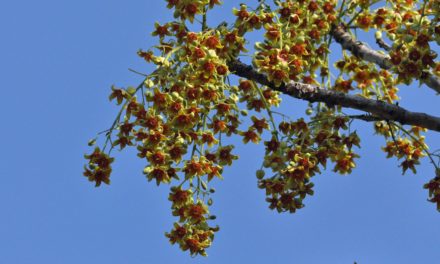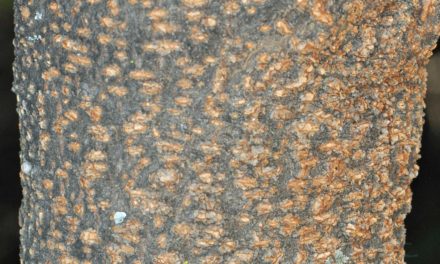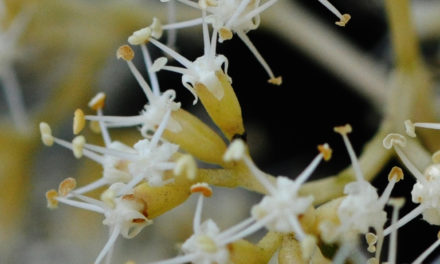General Info – summary
This small spineless shrub or Tree is up to 7m high, & low-down branches remain. Smooth bark becomes rough. Simple, usually elliptic, shiny Leaves are entire and may have domatia. White, strongly scented, regular, bisexual Flowers have a short calyx, a white bell-shaped corolla tube, 5 long sessile anthers, an inferior ovary, with many ovules & a single stigma. The brown, woody Fruit contains many flattish Seeds.
Description
Rothmannia globose
Previous Names: Gardenia globose.
SA Tree No. 695.
Common names: (Afr) Klokkisekatjiepiering, Klokkisvalskatjiepiering Klokkies-alskatjiepiering, Septemberklokkies. (Eng) Bell Gardenia, September Bells, September-bells Rothmannia. (isiXhosa) Umgubhe, Umsugusu, Umzukuza. (isiZulu) Imbhikihla, Isiqhoba, Isicathangobe, Umphazane. (siSwati) Sikoba. (Tshivenda) Thudwane.
Family Rubiaceae (Coffee/Gardenia family). This family of dicotyledonous plants has in excess of 600 genera and about 13 000 species and members include trees, shrubs and herbs. Local genera with trees on this website include Afrocanthium, Canthium, Coddia, Gardenia, Pavetta, Rothmannia and Vangueria. Leaves are simple, opposite or whorled and have interpetiolar stipules. Flowers are bisexual or unisexual. The calyx has sepals that are at least partly united. Petals are joined – at least at the base. Stamens are usually as many as and alternating with corolla lobes. The Ovary is inferior. Fruit is a drupe, berry or capsule.
Name derivation: Rothmannia: named by Carl Peter Thunberg after his friend: Dr Goran Rothman (1739-1778) a Swedish botanist, physician, translator, African explorer and pupil of Linnaeus. globosa – spherical shape (fruit). The genus Rothmannia has 3 species in southern Africa.
Conservation: National Status: L C. (least concern). Assessed: 2005 (W. Foden and L. Potter).
Tree
This small Tree may be multi stemmed. Spines are absent and the plant is usually 4-7m but may reach 12m high. It is tall and slender or spreading plant. The Crown has shiny leaves. The short Main stem has low down branches (photo 421). The Bark is smoothish, brown or dark grey when young and becomes slightly rough with rectangular segments with age (photos 512 & 813). Leaf scars are present on young branches (photo 713). Lenticels (a usually raised corky oval or elongated area on the plant that allows the uncontrolled interchange of gases with the environment) are visible (photo 512). The main stem becomes rough and marked with rectangular segments when older (photo 813). Here light grey Lichen (composite organism arising from a mutualistic relationship between fungi or cyanobacteria and algae species) is visible (photos 512 & 813).
- 421. 2016/09/20. Walter Sisulu NBG. Photo: David Becking.
- 713. 2017/09/06. Walter Sisulu NBG. Photo: David Becking.
- 512. 2016/02/16. Walter Sisulu NBG. Photo: David Becking.
- 813. 2016/08/30. Walter Sisulu NBG. Photo: David Becking.
Leaves
In this evergreen or briefly deciduous plant, the elliptic to lanceolate or oval Leaves are Simple (have a single blade that may have incisions that are not deep enough to divide the blade into leaflets). Each thinly leathery leaf is up to 14 x 5cm and dark or mid green and glossy above. Below it is a dull, paler green (photo 970). Domatia are present (hair-tuft domatia – a tiny chamber produced by plants that house arthropods. To the naked eye, they appear as small bumps in the axils of the main veins – photo 328). Apart from domatia, leaves are hairless when mature. The Midrib and Side Veins are pale green, yellow (both sides) or red and are raised below. The leaves are slightly translucent when held against a strong light (photo 622). This photo shows the side veins running outwards and looping together prior to reaching the margin (photo 622). In this view, the network of veins become more clearly visible. The wavy Margins are entire (with a continuous margin, not in any way indented). The Apex is sharply pointed, bluntly pointed or rounded. The Base tapers. The Petiole (leaf stalk – photo 328) is up to 1cm long. Stipules (basal appendage of the petiole) are short.
- 740. 2016/08/30. Walter Sisulu NBG. Photo: David Becking.
- 970. 2014/09/15. Lowveld NBG. Photo: David Becking.
- 328. 2015/09/15. Walter Sisulu NBG. Photo: David Becking.
- 622 2019.09.18 Lowveld NBG. Photo: David Becking. +sun.
Flowers
During spring, the creamy white Flowers are most impressive when in profusion (photo 296). They are actinomorphic (Regular, symmetrical. Flowers are vertically divisible into similar halves by more than 1 plane passing through the axis). Flowers occur in leaf axils and have a strong sweet lingering smell. They mainly appear in September – hence common name “September Bells”. Flowering time is brief and may occur before (usually) or with the new leaves. They may appear singly or in clusters and are narrowly bell-shaped (not cylindrical shaped as in Gardenia). In young flowers, the originally green petal lobes turn white and remain curled up until the flower opens (photo 966). Once open they often have pink to maroon flecks in the yellowish throat and on the base of the lobes (photo 490). Flowers are solitary or in 2 to 4-flowered fascicles (bundles or clusters). Each flower is about 2,5cm long, 3,8cm in diameter and rest on a Pedicel (stalk of a single flower – photo 413). Flowers are bisexual, and borne on short side branches. The Calyx is green and its short tube ends with irregularly positioned and pointed lobes, which are attached to the corolla tub (photo 413). Close to the base, the Corolla tube is cylindrical. Thereafter it becomes bell-shaped. It ends with up to 5, overlapping white Petals (photo 618). These petals are often internally hairy (photo 619), yellowish and marked with maroon speckles (photo 618). These are easier to see in the dissected flowers (photos 490 & 618). The open petal lobes are recurved (bent backwards – photo 298). The 5 Stamens lack filaments, alternate with the corolla lobes and are attached directly to the corolla tube (photo 619). The long, sessile Anthers develop below the hairy corolla mouth (photo 618). They have 2 long Thecae (pollen sacs) that dehisce through longitudinal slits (photo 619). There is a single Pistil (a unit of the Gynoecium, the female element of the flower, composed of the Ovary, Style and Stigma). The Ovary is inferior and contains many ovules. The hairless, exserted (sticking out) Style extends just beyond the petal mouth and ends with a bilobed apex (photo 499). Flowers are pollinated by carpenter bees (which build their nests in dead wood). (Aug-Nov). The flowers have a Pollen presenter (although situated close to the stigma, its function to aid cross-fertilization. Here, most avoid self-pollination by dispersing the pollen first – while the stigma is still covered). (Aug-Nov).
- 296. 2015/09/15. Walter Sisulu NBG. Photo: David Becking.
- 298. 2015/09/15. Walter Sisulu NBG. Photo: David Becking.
- 966. 2014/09/15. Lowveld NBG. Photo: David Becking.
- 490 2019.09.04 Walter Sisulu NBG. Photo: David Becking.
- 413. 2016/09/20. Walter Sisulu NBG. Photo: David Becking.
- 618. 2019/09/18. Walter Sisulu NBG. Photo: David Becking. Dissected.
- 619. 2019/09/18. Walter Sisulu NBG. Photo: David Becking.
Fruit
The almost spherical, initially green Fruit is up to 2,5cm in diameter and ends with a persistent initially protruding calyx (photo 594). The initially soft fruit becomes brown, dry, hard, woody and dark brown (photo 717). Seeds. The fruit develops many flattish seeds embedded in a pulpy placental tissue (photo 1003). (Dec-July).
- 594 2012.12.23 Walter Sisulu NBG. Photo: David Becking.
- 717 2017.09.06 Walter Sisulu NBG. Photo: David Becking
- 1003 2017.03.17 Walter Sisulu NBG. Photo: David Becking.
Distribution & Ecology
Rothmannia globosa is Endemic (restricted to a particular geographic location) in southern Africa. Plants tolerate some frost and are common in coastal dune bush, evergreen forests and forest margins up to 1 500m. Location: Eastern Cape, KwaZulu-Natal, Limpopo, Mpumalanga, and Swaziland. Monkeys and baboons eat the Fruit.
Ethnobotany
The Wood is pale grey, dense and hard. Dried Flowers retain their scent. The Fruit may be edible. Dried fruit is used to make necklaces. Local medicine makes some use of the plant. In well-drained soil, this reasonably fast-growing plant is easy to grow from Seeds. The plant grows best in slightly acidic soil. This attractive tree has a short flowering period and is suitable for small gardens.
References
Coates Palgrave, M. 2002. Keith Coates Palgrave Trees of Southern Africa, edn 3. Struik, Cape Town.
Foden, W. & Potter, L. 2005. Rothmannia globosa (Hochst.) Keay. National Assessment: Red List of South African Plants version 2020.1. Accessed on 2023/11/15.
Lawrence, G. H. M, 1951. Taxonomy of Vascular Plants. The Macmillan Company, New York. Tenth Printing 1965.
Palmer, E. & Pitman, N. 1972. Trees of southern Africa. Balkema, Amsterdam, Cape Town.
Schmidt, S. Lotter, M. & McCleland, W. 2002. Trees and Shrubs of Mpumalanga and the Kruger National Park. Jacana, Johannesburg.
van Wyk, B. & van Wyk, P. 1997 Field guide to Trees of Southern Africa. Struik, Cape Town.
https://en.wikipedia.org/wiki/Rothmannia_globosa
http://plantzafrica.com/plantqrs/rothmanglob.htm
http://www.gardensonline.com.au/GardenShed/PlantFinder/Show_1919.aspx
http://toptropicals.com/catalog/uid/rothmannia_globosa.htm
http://posa.sanbi.org/flora/browse.php?src=SP
https://en.wikipedia.org/wiki/Rubiaceae
https://www.sciencedirect.com/science/article/pii/S0024407484710400

